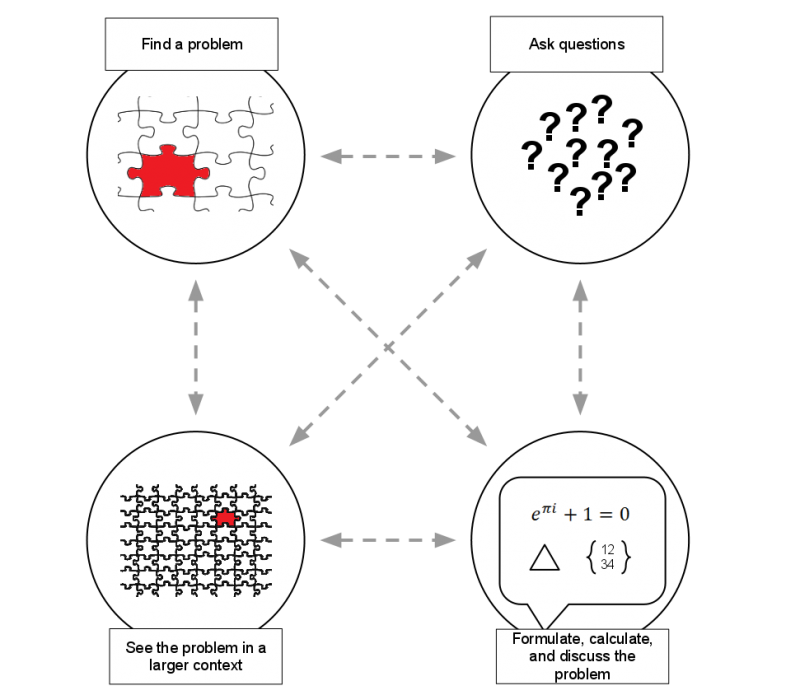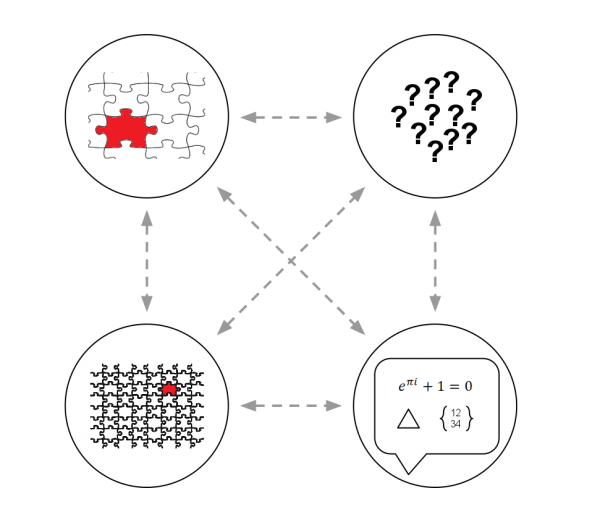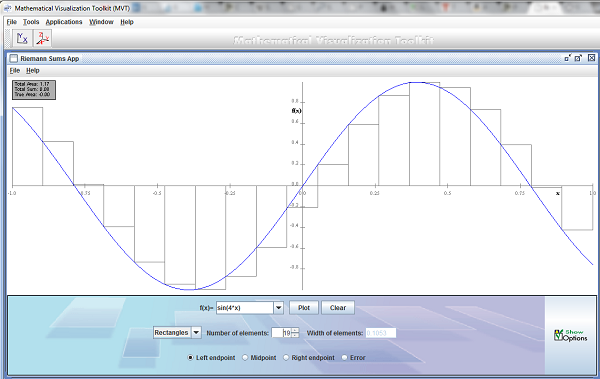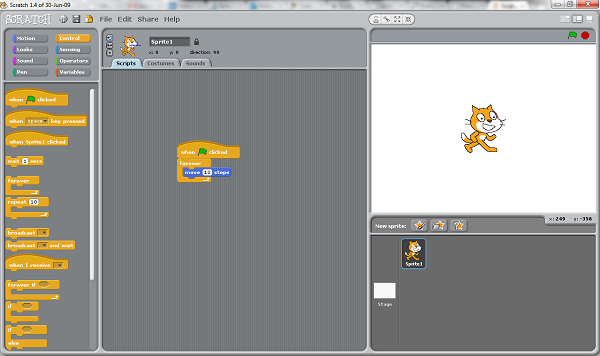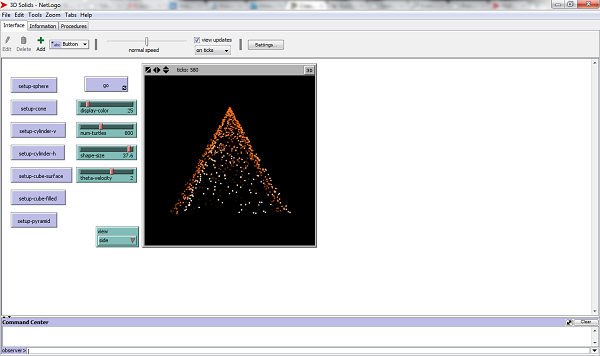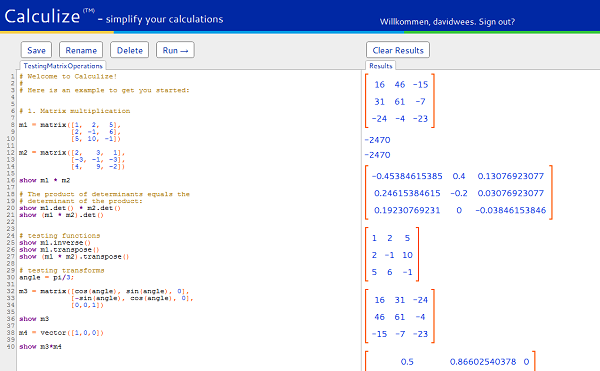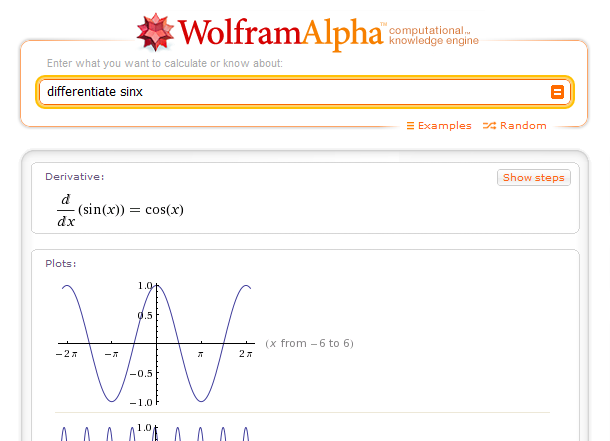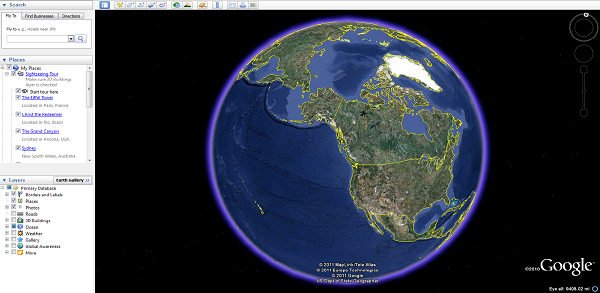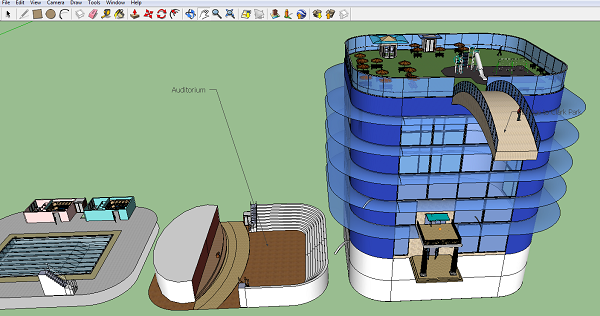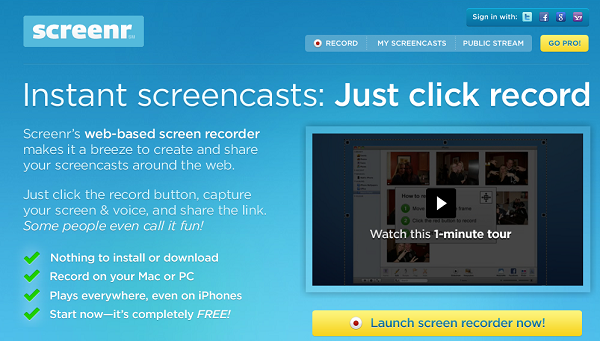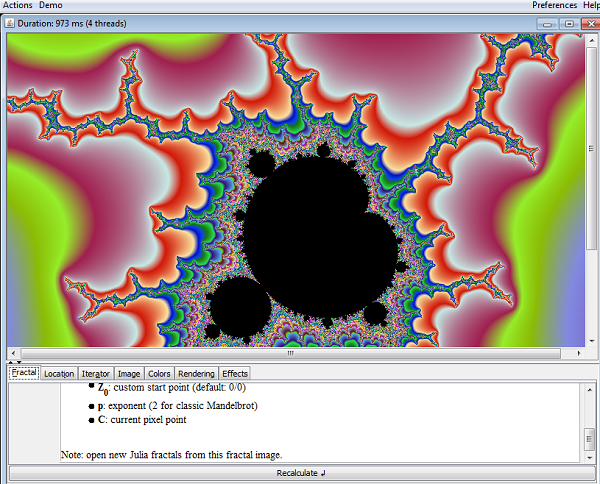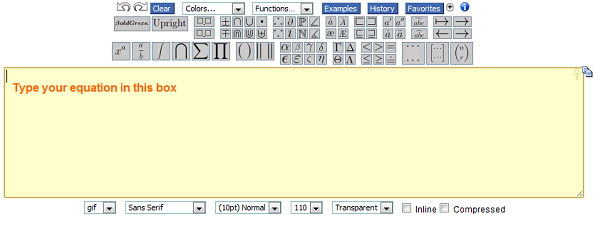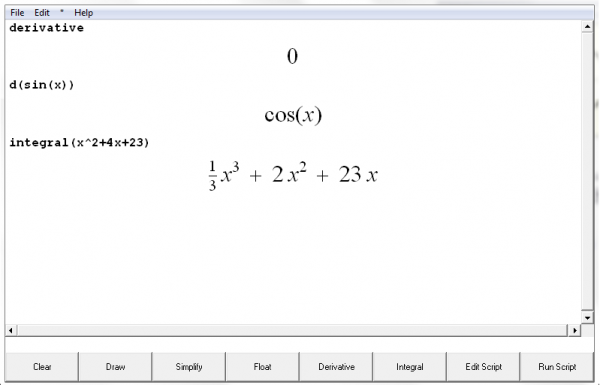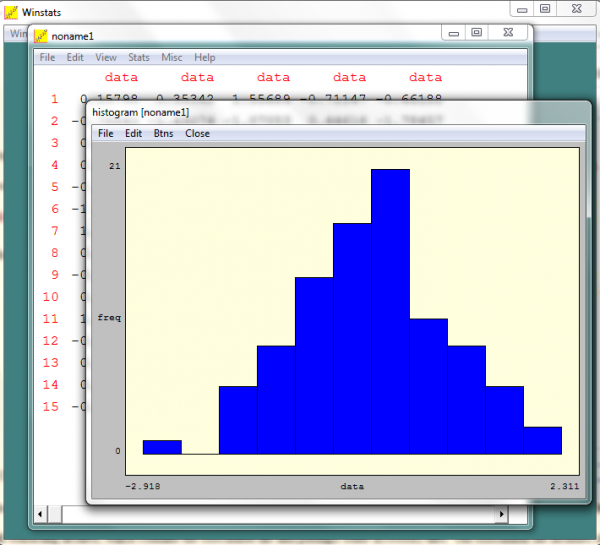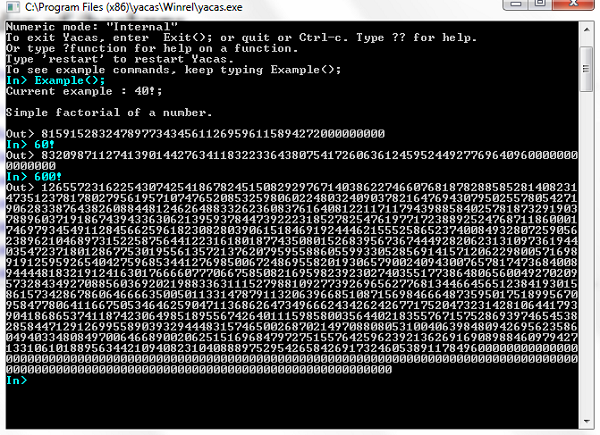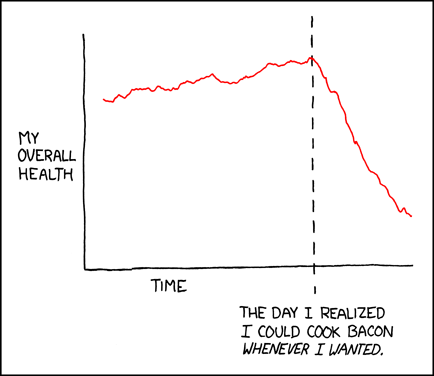I’m to be on a panel for the Computer Based Math summit happening in a couple of weeks, and I have to construct a 5 to 10 minute presentation on the following question:
Where do we draw the line between what should be done "by hand" and what calculations can be done on a computer in mathematics education?
If you could help me with some feedback (and potential challenges) on my position (see below) that would be helpful. I’d like to thank the various people who have influenced what I’ve written so far as well.
My existing posts on this topic:
https://davidwees.com/content/mumbo-jumbo
https://davidwees.com/content/computers-should-transform-mathematics-education
https://davidwees.com/content/conrad-wolfram-teaching-kids-real-math-computers
https://davidwees.com/content/when-should-we-introduce-kids-programming
https://davidwees.com/content/maybe-we-should-be-aiming-computer-programming-instead-calculus-math
Summary:
Conceptual knowledge is necessary to be successful at mathematics, but I believe that for many of the algorithms we teach students, there is little difference between using a computer to do the algorithm and using pencil and paper. Some of the algorithms themselves have embedded conceptual knowledge, and are of course important to learn, but should be learned for understanding how the algorithm itself works, rather than necessarily memorizing the algorithm.
Bio:
David is a mathematics teacher and learning specialist for technology at Stratford Hall, a small independent school in Vancouver, BC. He is an experienced international educator, having worked in the USA, England, Thailand, and Canada. He has his Masters of Educational Technology from UBC, and Bachelor degrees in Mathematics, and Secondary School Education. He has written numerous articles for magazines, and blogs regularly at https://davidwees.com
Position:
I want to challenge the broad assumption that seems to exist, at least in k to 12 education, that there is a best set of content for learning mathematics. Aside from some numeracy skills, and arithmetic, the vast majority of the mathematics we learn tends to focus on algebraic (and eventually calculus) thinking. I suggest that what would be better would be to focus on mathematical thinking, and to allow much more room for many different kinds of math to creep into our schools. Learning algebra, for a dedicated individual interested in using it in a science, math, or engineering career, is not that difficult and would only take a year. Instead of the issue being hand versus computer, we could focus on ensuring that students learn how to think mathematically, in a variety of different ways.
Specifically related to calculating using a by-hand method or a computer, both are mechanical operations; without understand the algorithm, one cannot really be considered to be doing math.
Paper, pencil, and language itself, are all forms of technology. If the technology changes, the way the algorithm is done changes. When we use a computer to do a calculation rather than doing it by hand, we are merely trading one algorithm which students could potentially understand or not understand for a different one.
Critically, pushing around symbols on paper is just a symbolic representation of the real math taking place within one’s head. When one does a calculation, whether it is by hand, or by machine, an important feature of whether or not one can be said to be doing the calculation is whether or not one can predict the potential output from the algorithm, or if one understands the process they are using. By prediction, I mean, have the ability to recognize nonsensical answers, and to have a feel as to the approximate size of your answer at least, if not always the exact value.
It is important to recognize that this is not a new perspective. Consider this statement from the Agenda for Action produced by the NCTM in the 1980s.
"It is recognized that a significant portion of instruction in the early grades must be devoted to the direct acquisition of number concepts and skills without the use of calculators. However, when the burden of lengthy computations outweighs the educational contribution of the process, the calculator should become readily available."
Obviously we can easily substitute calculator for computer. So the NCTM draws the line between that which is educationally useful versus a “burdensome” calculation. Clearly this is a fuzzy line and needs clarification, which is part of the purpose of this discussion.
Control over what one does is a key aspect of “doing something” and is often the chief complaint against using a computer to do mathematics. “If you just enter it into the machine, you aren’t doing mathematics, the machine is doing it for you.” A story might be useful here, so you can understand my perspective on this.
One of my friends is an oceanographer, and at the end of the summer, he and I had a conversation at a party about what he does for a living. I asked him if he does any math as part of his job, since I am, of course, naturally interested in where mathematics is used outside of school. He replied, “No. My computer does all of the math for me.”
He explained to me that he spends about half of his time creating mathematical models to describe ocean currents and climate on a small scale, and then uses the computer to crunch data and compare it to his model. For example, he recently proved that of three data collecting stations a company he is working for deploys, one of them is unnecessary since the other two can predict the conditions at the 3rd station with 88% accuracy.
So here is this person who is creating complex models involving differential equations, writing Matlab scripts to crunch data, and comparing the output of the scripts to his models, and then communicating his analysis to his employer, and he doesn’t consider himself to be doing mathematics because the calculation step is done by his computer.
I think we probably agree that my friend has done a great deal of mathematics, and that what he does for a living models some of the mathematics we’d like our students to be able to do. His creation of a model, programming of that model into his computer, analysis and organization of the resulting data afterward is all highly mathematical, and is the kind of stuff that we could consider to be done “by hand.”
What I also see from this story is that my friend is most definitely “in control” of what he is doing. He has both control over the process he is following, and over the machine which is helping with calculations he could not possibly do “by hand.”
Further, when you program the machine, you are in control of what it does. If you make a mistake in your program, the computer complains.
So we require then an ability to predict and understand an algorithm, an ability to use it to model contextual situations, and an ability to use the output of an algorithm to reason and communicate mathematics. We also require, as a system, much more flexibility in the mathematics taught at the k to 12 level.
